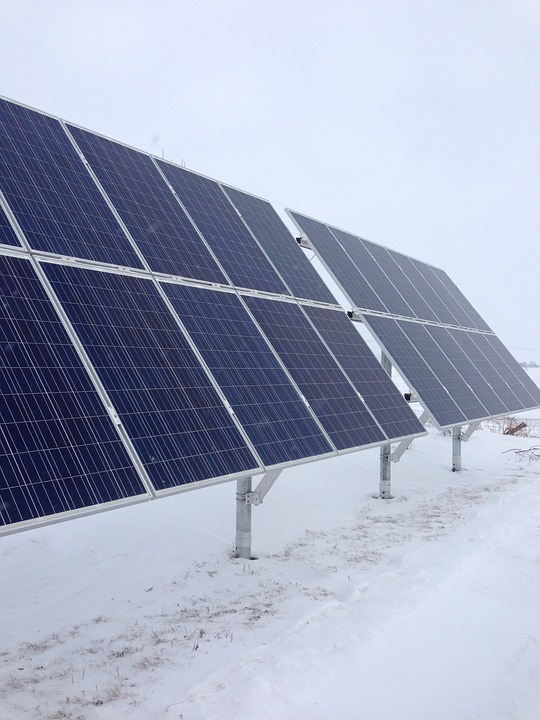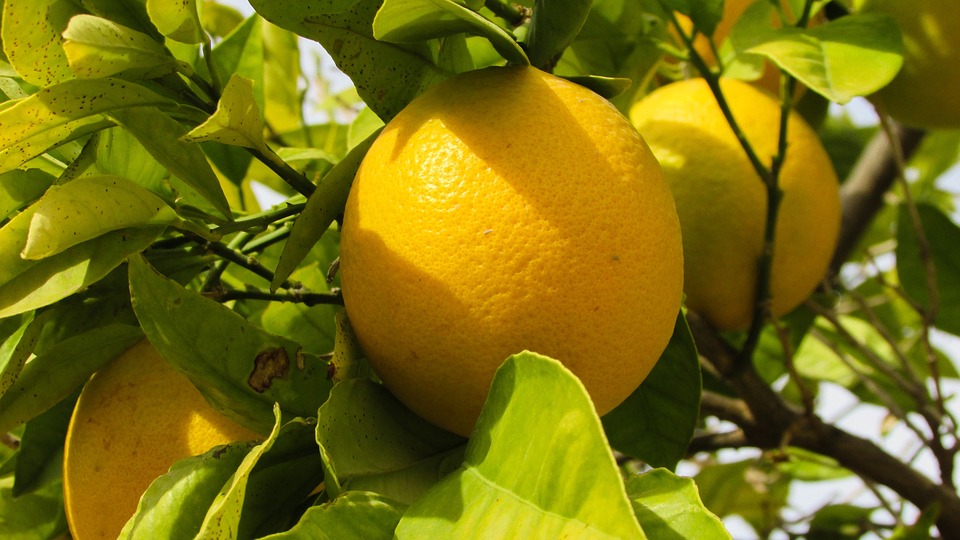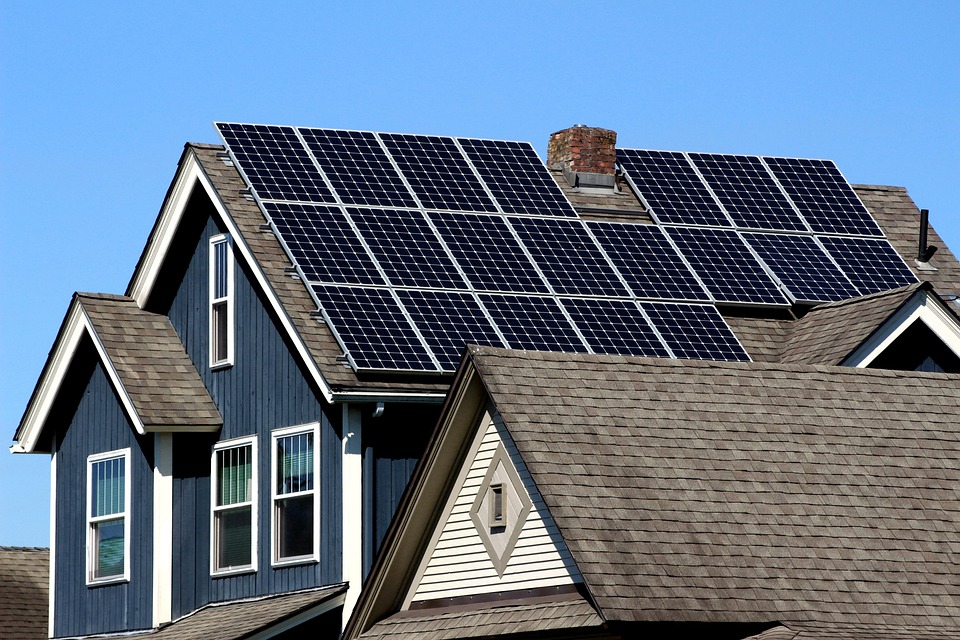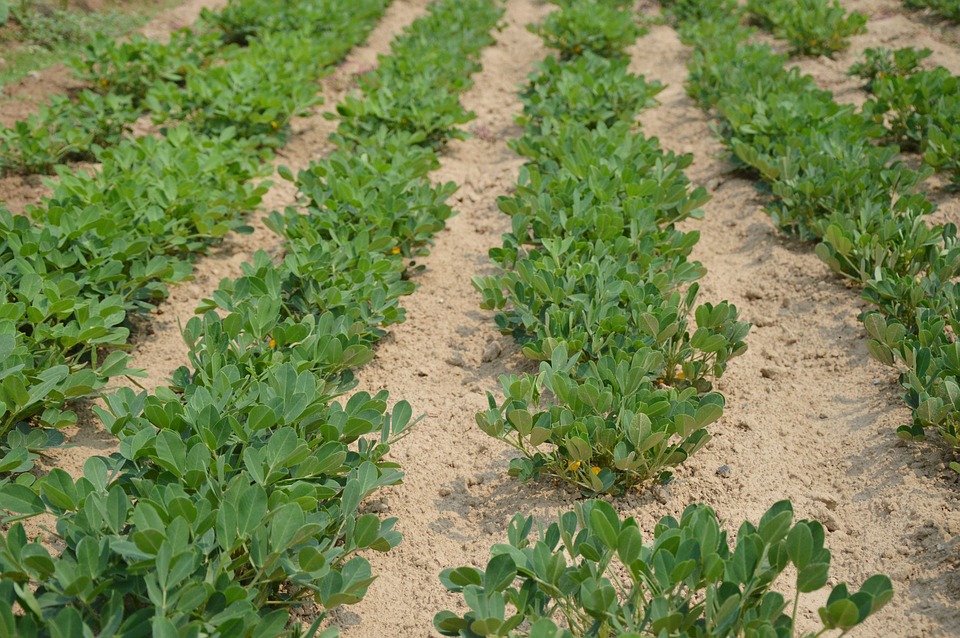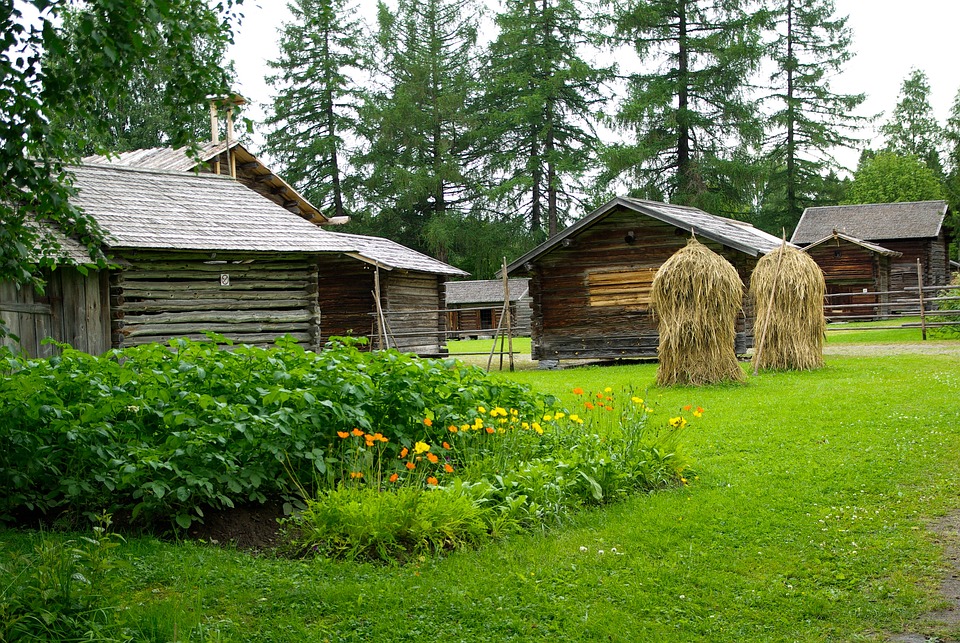Creating a Green Oasis: Sustainable Plants for Your Garden
Creating a Green Oasis: Sustainable Plants for Your Garden Living off the grid has allowed me to truly embrace sustainable farming and gardening. Over the years, I have cultivated a deep love for plants that not only provide beauty but also contribute to a more eco-friendly lifestyle. Whether you are an experienced gardener or just starting out, creating a green oasis in your garden with sustainable plants can be a fulfilling and rewarding experience. In this article, I will share some of my favorite sustainable plants and offer tips for incorporating them into your garden. One of the key aspects of sustainable gardening is choosing plants that require minimal resources and maintenance. This not only benefits the environment but also saves you time and effort in the long run. When selecting plants for your green oasis, consider native species that are well-adapted to your climate and soil conditions. These plants are often more resilient and require less water and care compared to non-native species. Additionally, choose perennial plants that will come back year after year, reducing the need for replanting and saving resources. Some of my favorite sustainable plants for creating a green oasis in the garden include: 1. Lavender – This fragrant and versatile plant is not only beautiful but also highly drought-tolerant. Lavender attracts pollinators and can be used for culinary and medicinal purposes as well. Consider planting a variety of lavender species to add color and texture to your sustainable garden. 2. Rosemary – Another aromatic and resilient herb, rosemary is well-suited for sustainable gardening. This plant thrives in hot, dry conditions and is a favorite of bees and other beneficial insects. In addition to being a flavorful herb for cooking, rosemary can also be used as a natural pest repellent in the garden. 3. Milkweed – As an advocate for sustainable practices, I cannot stress the importance of supporting native pollinators such as butterflies. Milkweed is a crucial plant for monarch butterflies, providing food for their caterpillars and nectar for adult butterflies. By including milkweed in your garden, you can contribute to the conservation of these beautiful insects. 4. Succulents – Succulent plants are perfect for sustainable gardening, as they require minimal water and are easy to propagate. These low-maintenance plants come in a wide variety of shapes, sizes, and colors, making them a versatile addition to any green oasis. Consider creating a succulent garden or mixing succulents with other sustainable plants for a visually appealing display. 5. Fruit Trees – Incorporating fruit trees into your sustainable garden not only provides fresh produce but also contributes to a more self-sufficient lifestyle. Consider planting fruit trees that are well-suited for your climate and provide a source of food for yourself as well as local wildlife. In addition to choosing sustainable plants, it is important to create a welcoming environment for beneficial insects and wildlife in your garden. Avoid using pesticides and herbicides, as these can harm pollinators and other beneficial species. Instead, embrace natural pest control methods such as companion planting and attracting predator insects like ladybugs and lacewings. By creating a balanced ecosystem in your garden, you can reduce the need for chemical interventions and support a more sustainable environment. Pro Tips: – When purchasing plants for your garden, look for locally grown and organic options to support sustainable practices. – Consider incorporating rainwater harvesting and drip irrigation systems to minimize water usage in your garden. – Embrace permaculture principles such as plant guilds and food forests to create a self-sustaining and diverse garden ecosystem. Creating a green oasis with sustainable plants not only benefits the environment but also provides a sense of fulfillment and connection with nature. By choosing resilient, low-maintenance plants and creating a welcoming habitat for beneficial wildlife, you can enjoy a beautiful and sustainable garden that thrives for years to come. Whether you have a small urban plot or a sprawling rural landscape, there are countless opportunities to create a green oasis that supports sustainable living. I hope this article has inspired you to embrace sustainable gardening and incorporate eco-friendly practices into your own green oasis. Happy planting!


